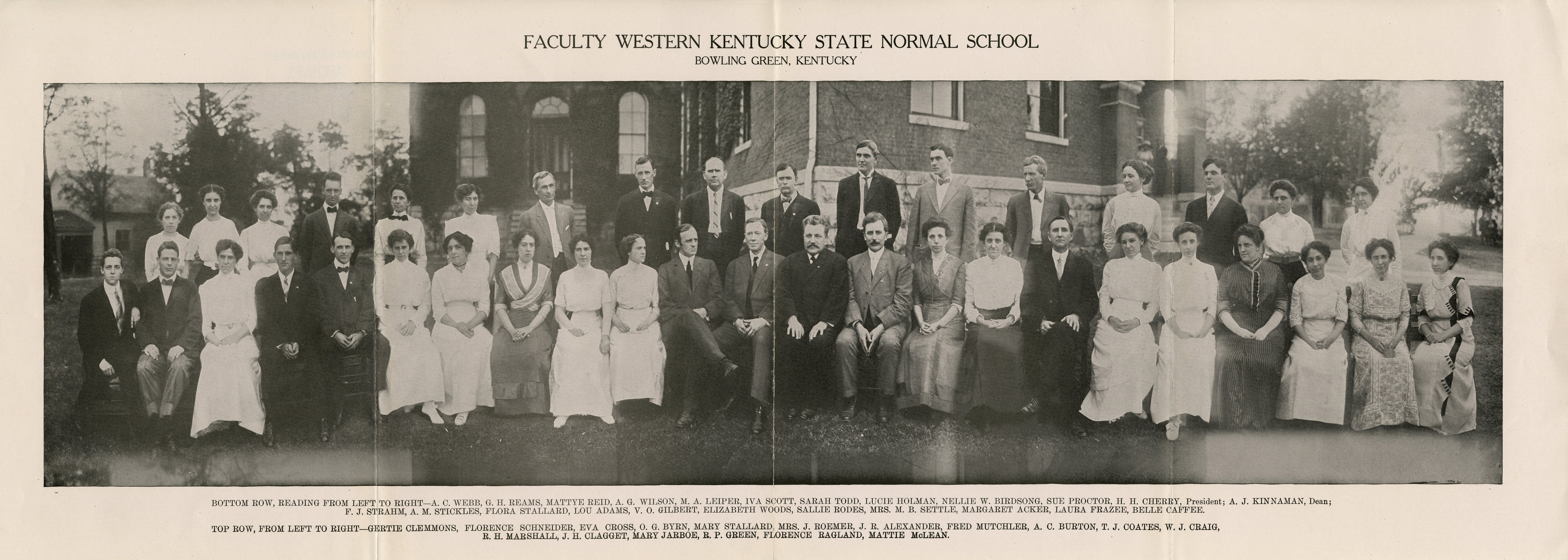Abstract
There are around 26 million students enrolled in the 6,000 colleges and universities in the United States (Bareham, 2021). Appoximately 11% of all postsecondary undergraduates report having some form of disability (Accredited Schools Online, 2022), and many institutions have programs tailored to students with special needs (Bryant, 2021; Ivywise, 2022). There is an important distinction between colleges and universities that have, as their primary mission, the provision of higher education to students with disabilities and institutions that have specialized programs and services for these populations. yet, there are many campuses that fall into the latter category, but relatively few in the former group (National Center for College Students with Disabilities, 2022). Yet even as significant progress has been made in identifying and responding to the needs of college students with disabilities, discussions still take place among all level of administrators regarding what constitutes a disability and how accommodations can best be provided (ADA National Network, 2002). Cappex (2022) reinforced this notion:
A disability is defined as a physical or mental condition that limits a person's movements, senses, or activities . . . Whether it's a physical disability, a developmental one, or related to learning, there are programs at a number of great colleges ready to help students with everything from dyslexia to deafness, from ADHD to Autism Spectrum Disorder, from Down Syndrome to depression.
Finally, it is important to acknowledge at the onset of the chapter that words matter. As such, even the language college administrators use is important and should be taken into consideration when developing programs and services designed to meet the needs brought of students with disabilities (Boston University, 2022). Grant (2022) brings this issue into sharp focus and stated: "The disability community is split on language. Many people prefer person-first language - "person with a disability." Others prefer identity-first language - "disabled person." The best option is to use the language that the individual prefers. Do not assume all people prefer the same language.
The bottom line is that it is challenging to provide an organizational and administrative template for institutions that exist primarily to serve students with disabilities as there are very few common characteristics that these institutions possess. This chapter includes a discussion of the institutions and programs that could serve as role models for better serving students with disabilities.
[From Institutional Diversity in American Postsecondary Education, Tiffany J. Davis, Shelley Price-Williams & Pietro A. Sasso, editors)
Disciplines
Disability and Equity in Education | Education | Higher Education Administration | Student Counseling and Personnel Services
Recommended Citation
Hughey, Aaron W. and Yocum, Casey, "Serving Students with Disabilities: Institutions & Programs" (2024). Faculty/Staff Personal Papers. Paper 348.
https://digitalcommons.wku.edu/fac_staff_papers/348
Included in
Disability and Equity in Education Commons, Higher Education Administration Commons, Student Counseling and Personnel Services Commons

